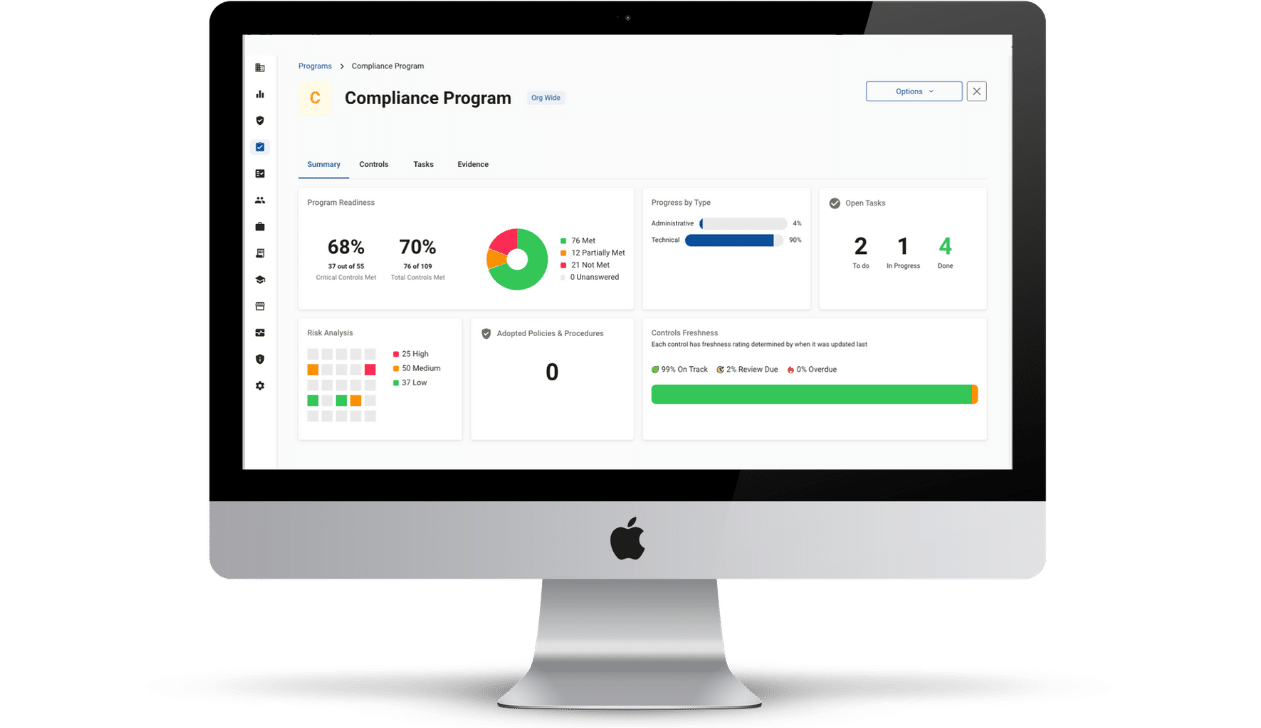In any workplace, employee safety should be a top priority. To ensure the well-being of workers, employers must comply with the Occupational Safety and Health Administration (OSHA) injury and illness recordkeeping requirements. One critical aspect of this is maintaining an OSHA 300 log, which serves as a comprehensive record of work-related injuries and illnesses within a company. So let’s delve into the importance of OSHA 300 log requirements and how they contribute to workplace safety.
OSHA 300 Log Requirements: What’s Needed for Workplace Safety
The purpose of the OSHA 300 log is to provide employers, employees, and regulatory authorities with accurate information regarding workplace injuries and illnesses.
It enables companies to track:
- Trends in Incidents
- Identify Potential Hazards
- Implement Appropriate Preventive Measures
By maintaining an updated OSHA 300 log, businesses create a transparent environment that fosters a culture of safety awareness among their workforce. This not only protects employees but also helps organizations avoid potential legal issues associated with non-compliance.
To meet OSHA’s recordkeeping requirements, employers must keep records for all:
- Work-Related Fatalities
- Injuries Resulting in Lost Workdays
- Restricted Work or Transfer to Another Job
- Medical Treatment Beyond First-Aid
- Loss of Consciousness Incidents
- Significant Diagnoses (Cancer, Fractures, etc.)
These are known as “recordable” cases that need to be documented on the OSHA 300 log. It is crucial to note that not all incidents require recording; therefore, understanding what qualifies as “recordable” is essential.
Maintaining an Accurate OSHA 300 Log
Maintaining an accurate OSHA 300 log requires meticulous attention to detail. Employers must record each incident within seven calendar days after being notified about it.
The log must contain specific details such as:
- Name
- Job Title
- Date of Injury or Illness
- Nature of the Case (injury or illness)
- Description of the Incident
- Number of Days Away from Work or Restricted Duty
Moreover, employers must preserve these records for a period of five years. Maintaining an OSHA 300 log promotes a positive safety culture within the organization. When employees see that their employer takes workplace injuries seriously and actively tracks and addresses them, it sends a powerful message about the importance of safety. This fosters a sense of trust and confidence among workers, leading to increased morale and job satisfaction. Employees are more likely to follow safety protocols and report potential hazards when they know the organization values their well-being.
Challenges of Maintaining OSHA 300 Log Requirements
While it may seem like a straightforward task, there are common pitfalls that employers should be aware of when managing their OSHA 300 log.
1. Misclassification
Incidents can be mistakenly classified as recordable or non-recordable, leading to inaccuracies in the log. Employers must ensure they have a thorough understanding of OSHA’s guidelines to avoid such errors.
2. Incomplete or Inconsistent Entries
This can pose problems during inspections or audits by regulatory authorities. It is crucial for organizations to train their employees responsible for recordkeeping on proper procedures to maintain the integrity of the OSHA 300 log.
Beyond compliance with legal requirements, companies prioritizing accurate recordkeeping and reporting demonstrate their commitment to employee safety. By analyzing workplace injuries and illnesses through the OSHA 300 log data, businesses can proactively identify potential hazards and take preventive measures before accidents occur. This proactive approach protects workers and reduces lost productivity due to injuries, lowers insurance costs, and enhances overall business performance.
OSHA Compliance Protects Employees
Ultimately, maintaining an OSHA 300 log is an essential aspect of workplace safety and regulatory compliance. By accurately documenting work-related injuries and illnesses, employers gain insights into potential risks within their organization. This empowers them to take necessary measures to prevent future incidents and protect their workforce effectively. As businesses strive towards creating safer working environments, adhering to OSHA injury and illness recordkeeping requirements becomes paramount – ensuring the well-being of employees while fostering a culture of safety awareness throughout the organization.









